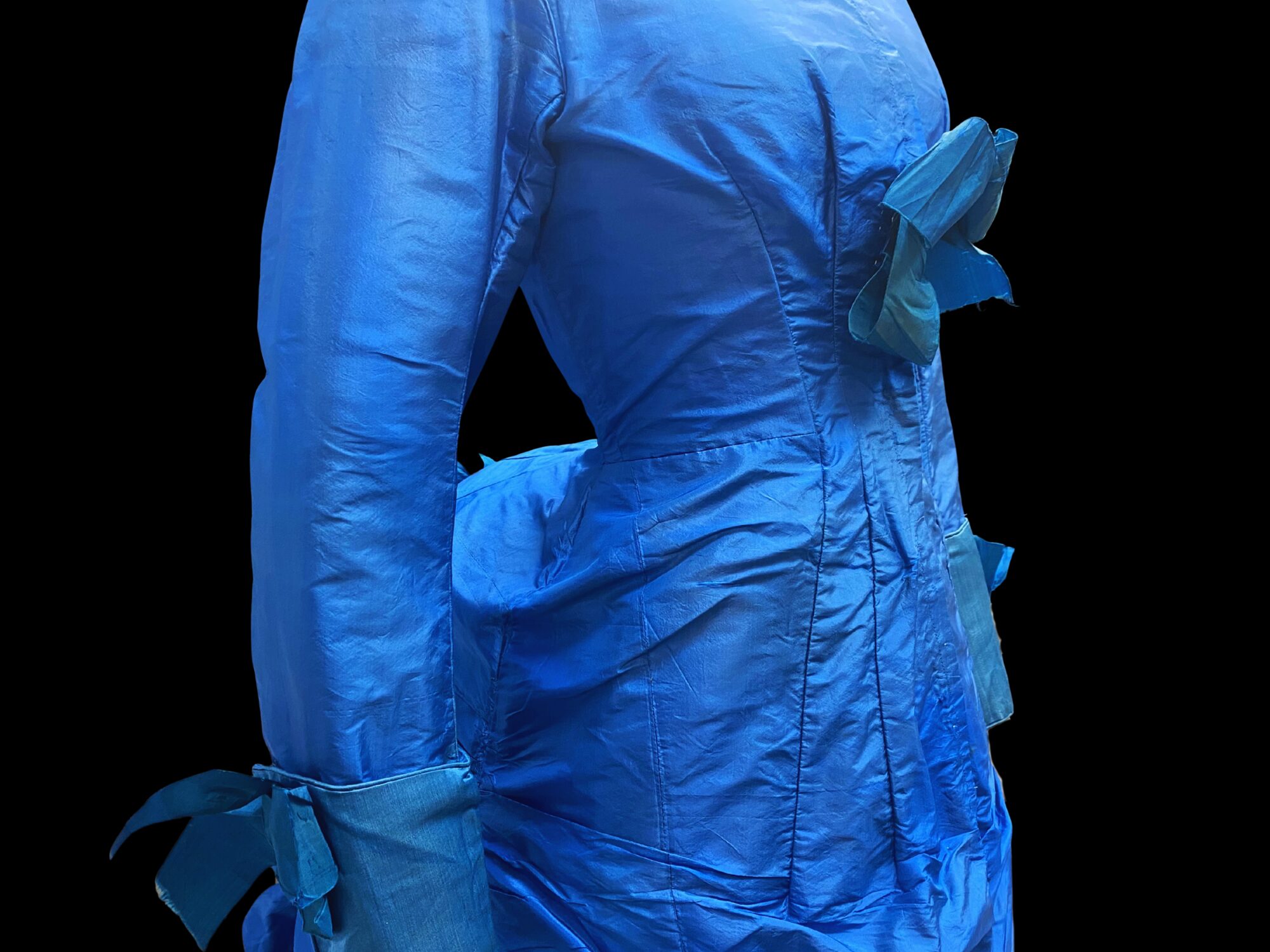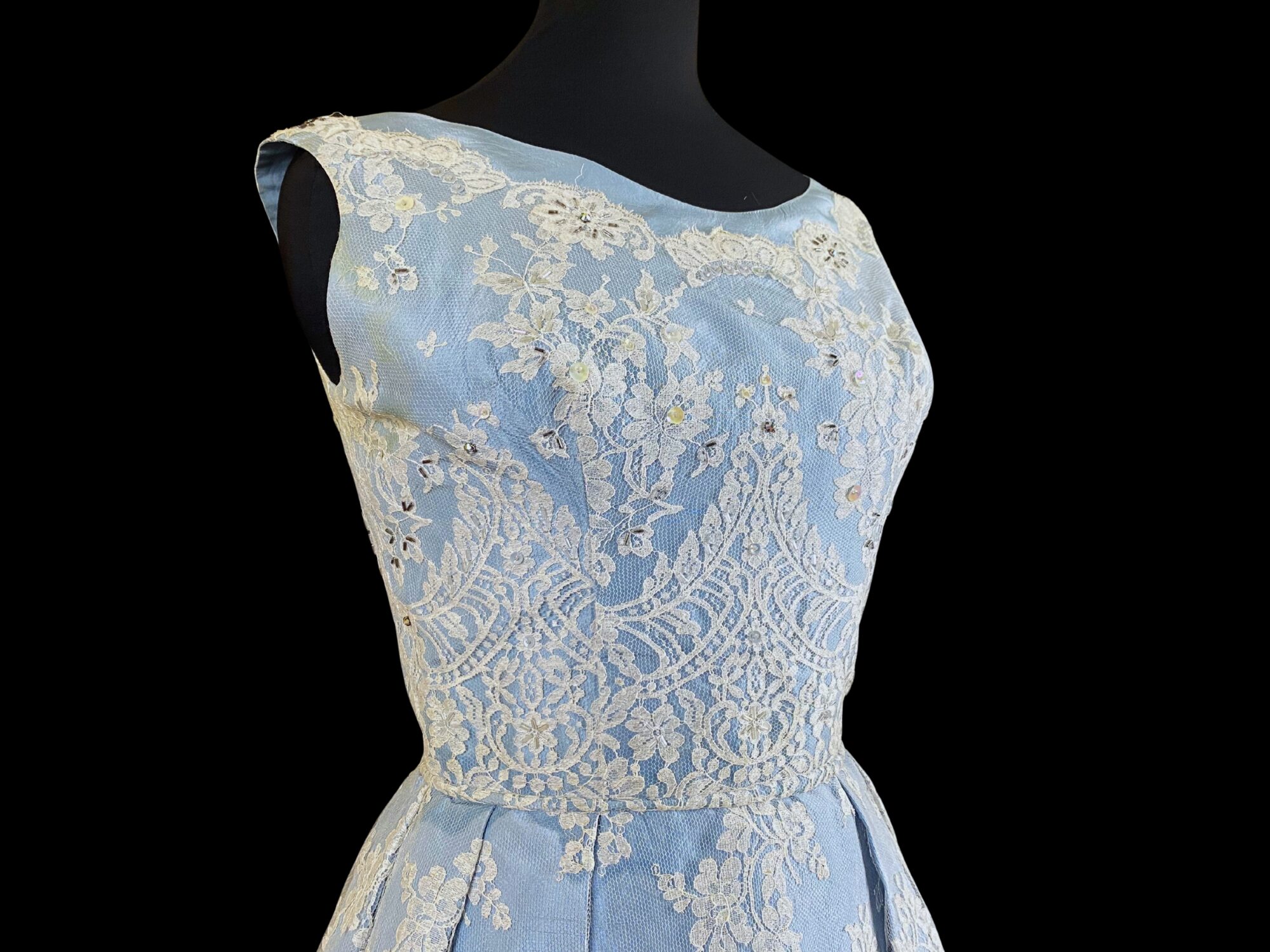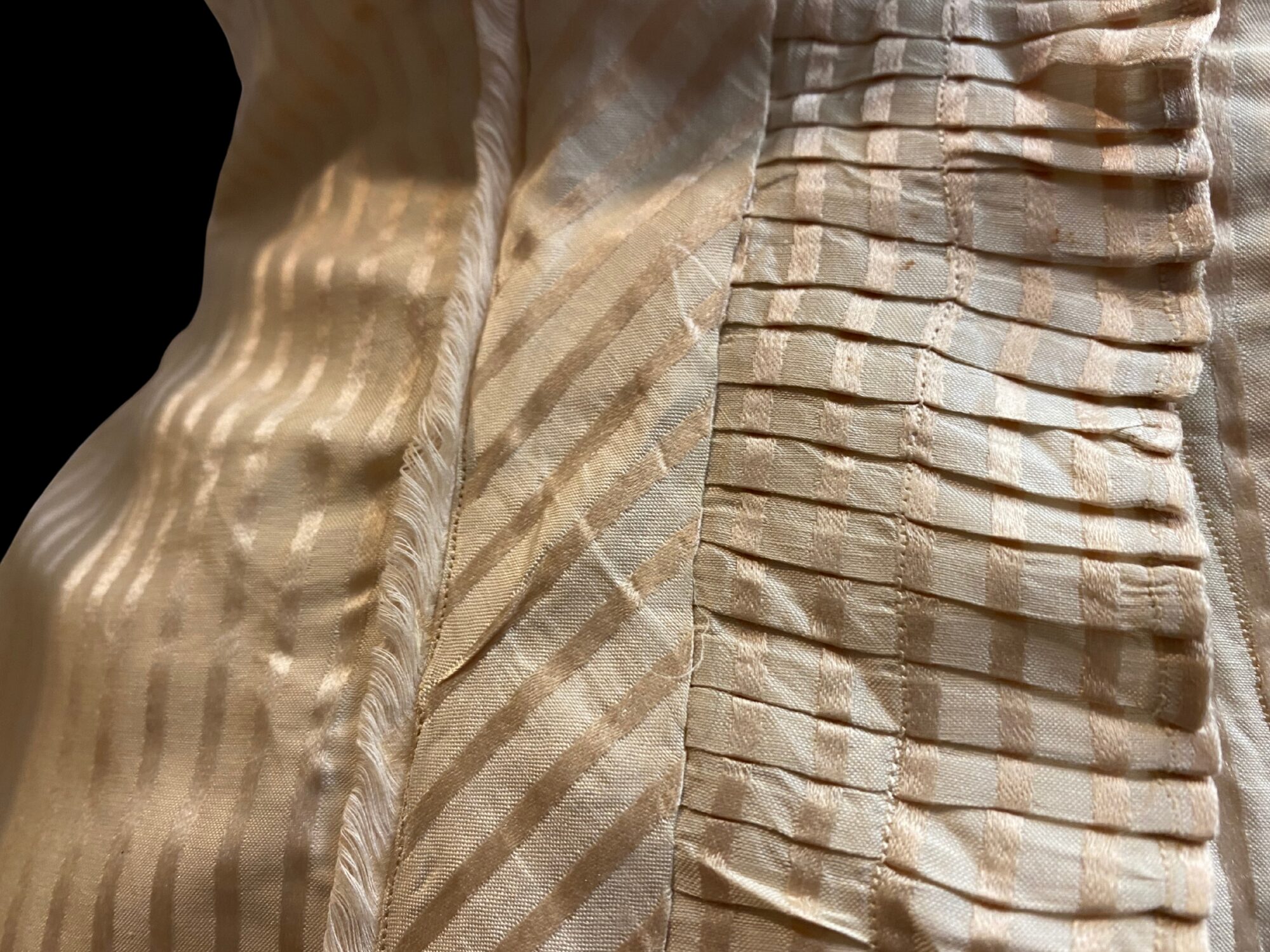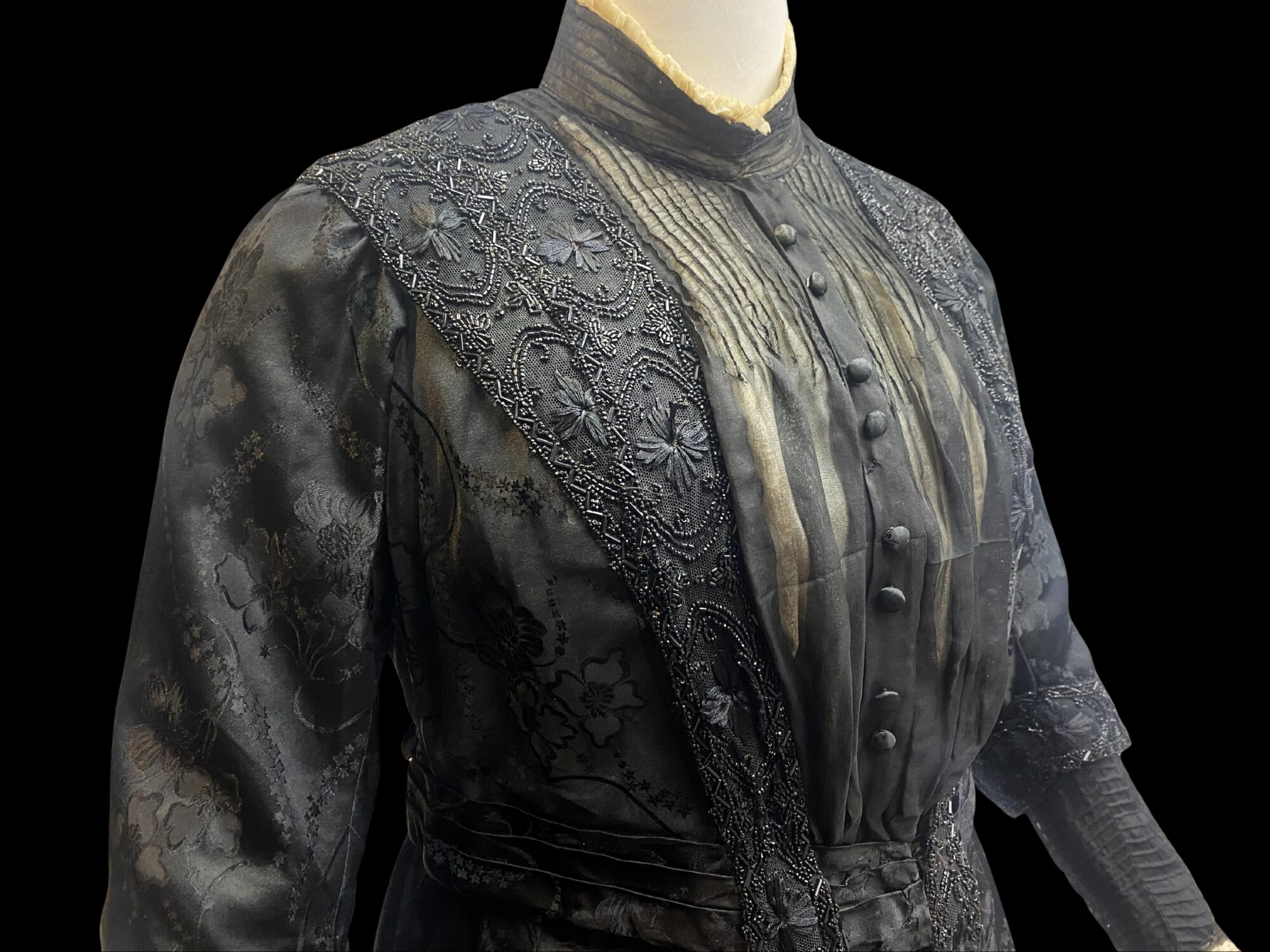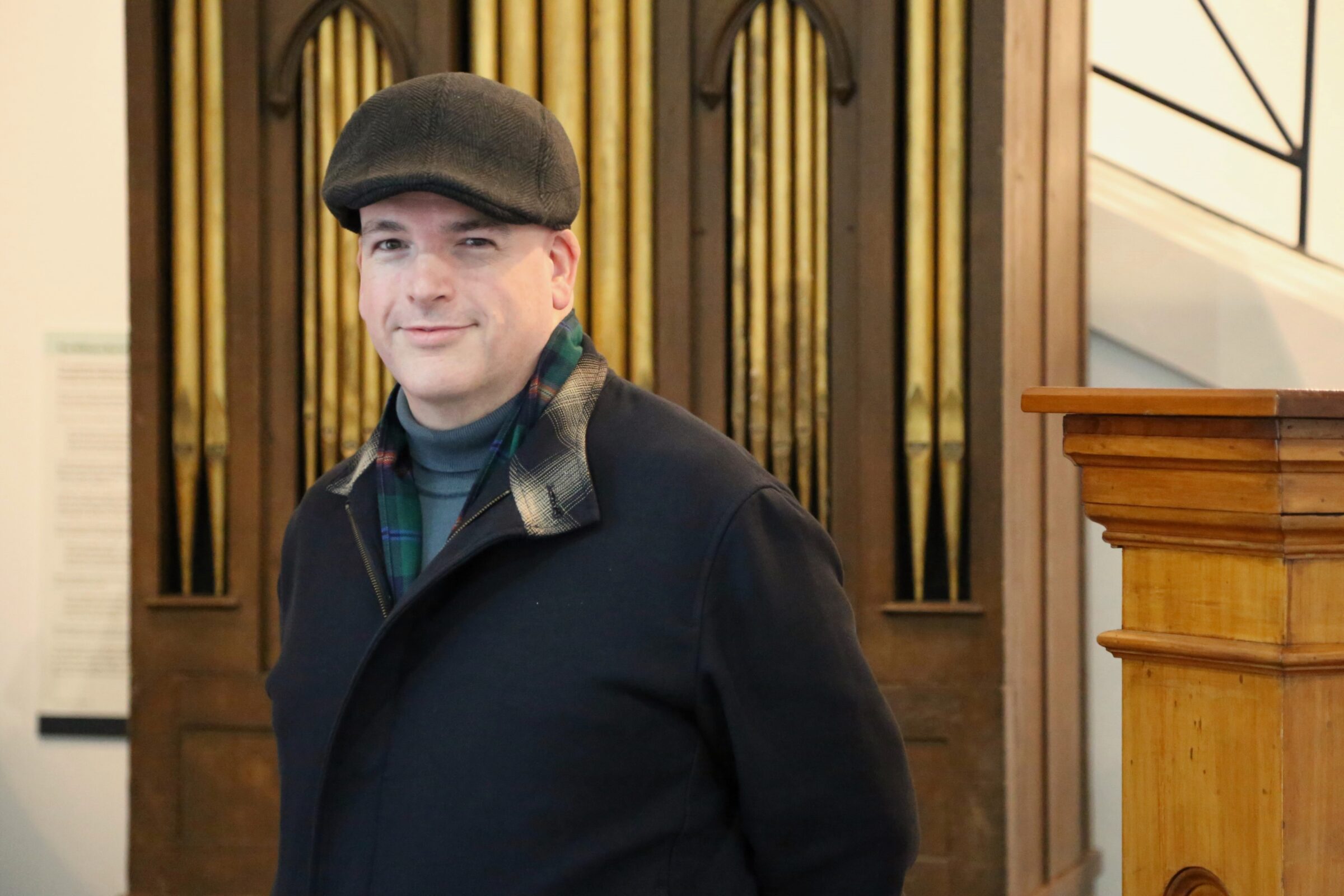Collection Stories
By Libby Sharpe
Dandelion coffee is actually an infused tea, but it is used as a coffee substitute, having the appearance and, to a degree, the taste of coffee. It is made from the dried, roasted and ground root of the dandelion plant. It is important that the right dandelion roots are used, from the Taraxacum species, distinguishing it from other weed plants that look like yellow daisies. The roots of large healthy dandelions plants are harvested and processed into coffee. It has become a popular health or tonic drink, sometimes as an alternative to true coffee, especially in the USA.
Dried dandelion root coffee was being produced commercially at Ūpokongaro in the nineteenth century by farmer William Caines. In 1853 Caines had acquired 105 acres of land on what is now the Kaiwhaiki Road. He cleared the heavy bush gradually and ran sheep and cattle. He used a punt and waka for transportation between his farm and Whanganui.
Finding ways of ensuring a cash flow was important for settler farmers in the district. Brick-making was another source of income for Caines. His bricks were made of clay from his property and rammed by hand into wooden moulds. He also made white-pine roofing shingles, and later tōtara shingles, sold for 12/- per thousand, delivered.
And the coffee seemed very promising. Caines grew the dandelions in rows in his garden, just like any other crop. After the plants had flowered they were dug and the roots dried. They were then ground in a hand-operated wheat mill, said to have been brought to New Zealand by one of the British Army regiments stationed in the district. A large iron flywheel was attached to give momentum to the actual grinder on the main shaft, the raw material being fed through the funnel as the grounds dropped from the mill chute. The machine could be operated by one person at the crank-handle.
The mill is in the Museum collection, as are two one pound tins of the coffee, which is a deep brown colour and has still has a distinct “coffee” aroma. Tins of “Pure Dandelion Coffee” were produced from 1880 to about 1890, sold for the most part in the Ūpokongaro area. Although there is no record of the amount produced, it appears that there was a reasonable demand for it.
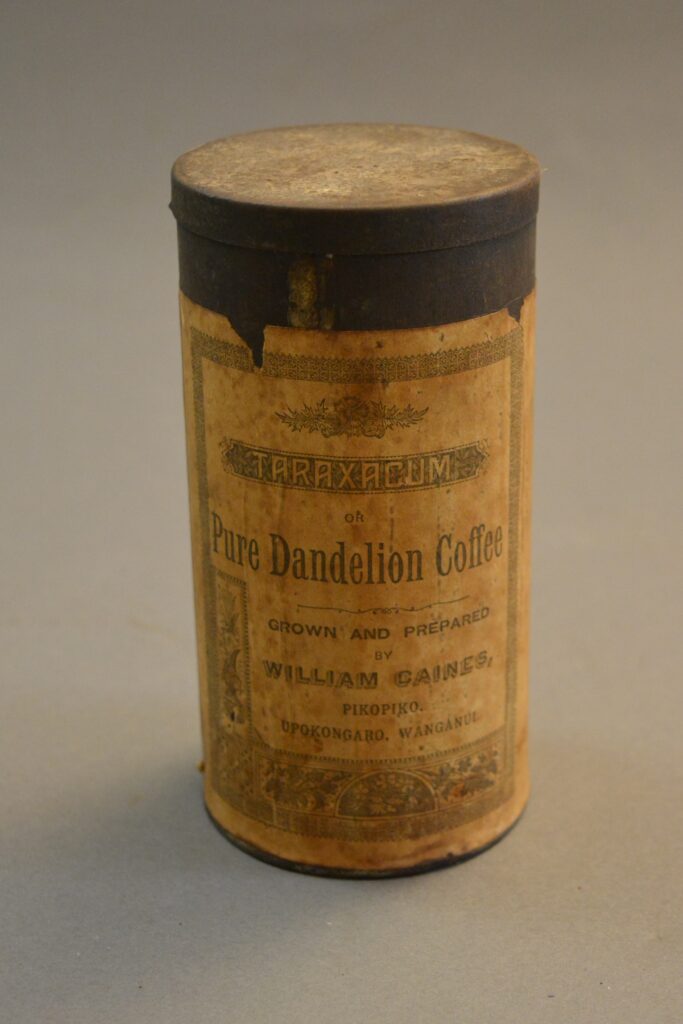
Whanganui Regional Museum Collection 1951.41.3
The coffee product was named “Taraxacum”, Taraxacum officinale being the botanical name of the dandelion. The label, printed locally by A D Willis Printers of Wanganui, states that the product was grown and prepared by “William Caines, Pikopiko, Upokongaro, Wanganui.” The label also declares that the dandelion coffee as prepared by Mr. William Caines, “Contains all the medicinal virtues pertaining to the plant, which are of an opening and cleansing quality and therefore very effectual for obstructions of the Liver, Gall and Spleen, and Diseases that arise therefrom. It is also beneficial in cases of the Urinary Organs, being powerful in cleansing imposthumes and inward ulcers in the urinary passage and, by its drying and temperate quality, heals them. In Progressing Consumption, the use of the Pure Dandelion Coffee will give the sufferer great relief.”
Libby Sharpe is Pūkenga Taonga (Hōnore)/Honorary Curator at Whanganui Regional Museum.
This article was originally published in Whanganui Chronicle, February, 2017.
Main image: Unused Taraxacum label. Whanganui Regional Museum Collection 1802.1110.2
Visit the museum to see Dandelion Coffee tins up close in the exhibition Te Ora Te Whenua – Living Off the Land


